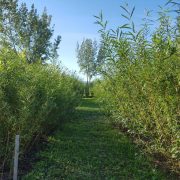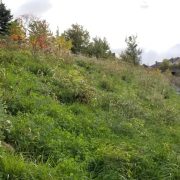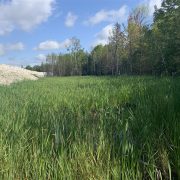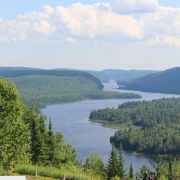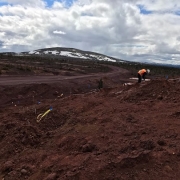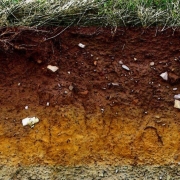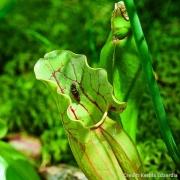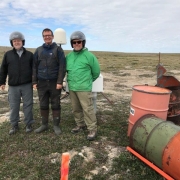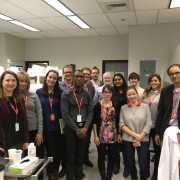Phytoremediation is a soft decontamination technique that exploits the natural capacities of plant species, algae (phycoremediation), but also fungi (mycoremediation) to degrade, store or immobilize a wide range of contaminants present in their environment (air, water and soil) [1].
Four phytoremediation […]
Phytotechnologies involve the use of living plants to solve environmental problems. The plants are selected and implanted to achieve specific objectives, such as:
Air, water and/or soil remediation
Erosion and runoff control
Wind speed reduction
Heat reduction
Greenhouse gas sequestration
Phytotechnologies are numerous: they include the […]
Ecological restoration is an intentional action that initiates or accelerates the recovery of an ecosystem’s function, integrity and sustainability. Ecological restoration thus re-establishes the mechanisms for abiotic support of the biological components of the environment[1]. The success of an ecological […]
Ms. Amandine Bonet, PhD, recently joined the T2 Environment team. Holding a doctorate specializing in water-soil and environment interactions and a master’s degree in environmental health specializing in toxicology in 2019, Amandine allows T2 to broaden and deepen its services […]
For several years, urban, industrial or agricultural development has caused a significant degradation of ecosystems, leading to various consequences, notably on biodiversity. However, these ecosystems are essential for the services they provide. Healthy ecosystems not only supply us with many […]
Here is an article published in Québec Sciences that summarizes our R&D work related to the restoration of waste rock piles north of Schefferville. Thanks to Tata Steel Minerals Canada for their trust.
Comment restaurer une ancienne mine de fer?
Given the popularity of the wetland soil training that Hugo gave last year, the Association des biologistes du Québec (ABQ) is doing it again this year with new dates! In addition, for those who desire to perfect their knowledge of […]
Did you know that we had several carnivorous plants in Quebec?
Here is one called the northern pitcher plant (Sarracenia purpurea). The preys (flies and other small insects) are attracted by the colours of the pitcher plant and settle on it. […]
From July 16th to July 31st, Hugo was in Cambridge Bay on Victoria Island in the Canadian High Arctic. He stayed there for two weeks to contribute to the research of the Canadian High Arctic Research Station (CHARS) with his […]
On Thursday, May 5th, a fruitful workshop was held at the Biotechnology Research Institute of the National Research Council of Canada (NRC). Representatives from Laval and McGill universities, NRC, Terra Viridis Innovations, Tata Steel Minerals Canada (TSMC) and T2 Environnement […]
Protection of personal information
Contact Us
Canada and USA 450 714-0709
Toll-free 844 867-9023

